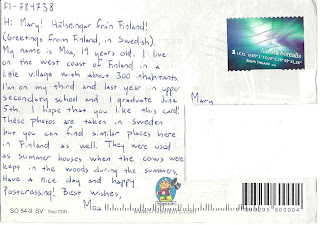What's this? The Golden Gate Bridge, but wth Lisboa printed in the upper right corner?
In fact, this is the Ponte 25 de Abril, or 25th of April Bridge in Lisbon, Portugal. According to the Wiki, "Because of its similar coloring, it is often compared to the Golden Gate Bridge in San Francisco, USA. In fact, it was built by the same company (American Bridge Company) that constructed the San Francisco-Oakland Bay Bridge and not the Golden Gate, also explaining its similarity in design." However, according to our tour guide, there is more than one monument/structure/building in Lisbon that takes as its "inspiration" another monument/structure/building somewhere in the world, and when Salazar was running the show in Portugal from 1932 to 1974, he was known for looking around and "borrowing" ideas from other places. I imagine there are elements of truth in both versions. [Note: other examples in Lisbon include a Champs Elysees (Avenida da Liberdade), an Arc d'Triomphe (Arco do Triunfo), and a Corcovado (Cristo Rei).]
One of ways travel gets the synapses in my brain firing is the history you either learn, or are reminded you once knew. I don't know that I was very aware of, or even knew about, Salazar, who was the authoritarian dictator in Portugal at the same time Franco was in charge in Spain. The dictatorship was overthrown in what's referred to as the "Carnation Revolution", which began on the 25th of April, thus the name.










































